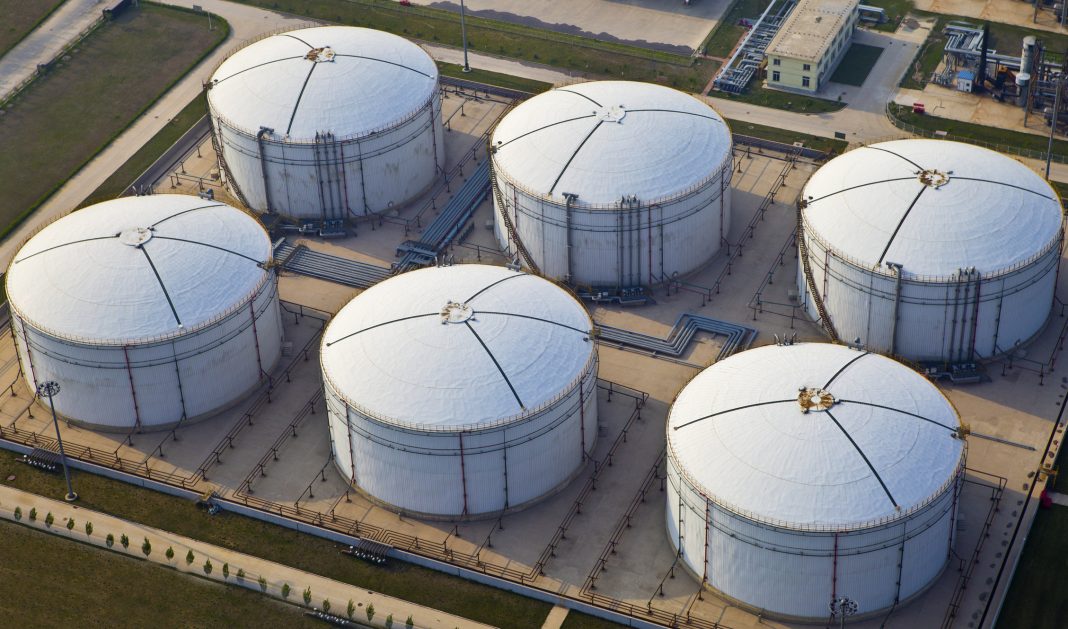According to Adélio Mendes, a Full Professor at the Faculty of Engineering of the University of Porto (FEUP), moving away from the climate disaster does indeed signal a departure from the hydrogen economy, presenting a third pathway to consider
Europe is struggling; it is losing competitiveness because of a lack of innovation and high energy costs. Here, we present a very compelling strategy for low-cost, decarbonised, and locally produced energy, which can also protect our automotive industry.
Framing the challenge
“2023 was the hottest year ever recorded. In the months of July and August, temperatures reached 1.6 °C above pre-industrial levels of warming,” says the Climate Council. (1) This is alarming news since there are still no good options for massive energy decarbonisation. Europe insists on the Hydrogen Economy strategy (2); however, nature, after running an optimisation algorithm for over 4,500 million years, concluded that hydrogen produced from photosynthesis should be immediately converted to energy carriers and structural biomolecules. Hydrogen displays a low volumetric energy density, 3 Wh/L.
To reach an energy density of 1.3 kWh/L (LHV), it is necessary to compress it at 700 bar, and the thermodynamic work for achieving this pressure corresponds to ca. 7% (isothermal compression) of its internal energy. If hydrogen is converted to methanol, methanol will contain 93% of the hydrogen energy, with an energy density of 4.4 kWh/L (LHV).
Why hydrogen? Scientists believed they could develop suitable technologies to store and transport hydrogen easily. However, no good solution was discovered after almost three decades of research. Should we then keep insisting or get inspired by nature? The scientists supporting the Hydrogen Economy claim that vectors such as methanol need to use carbon dioxide (CO2), and capturing CO2 from the atmosphere is very expensive.
The challenges for a methanol economy
There are two main challenges to making methanol a good energy vector: i) the low reaction equilibrium conversion of direct hidrogenation of CO2 to methanol, which is usually <30%; and ii) the high cost for the direct air capture (DAC) of CO2. New membrane reactors promise hydrogen conversions of >70%, and low-cost CO2 from the flue gas when oxy-combustion is used. Recent developments in oxygen-enriched air production at 99.6% point out an astonishing cost of ca. 40 €/t, which makes it very profitable for the oxy-combustion, and the CO2 concentration from the flue gas is ca. 90%; moreover, the DAC cost promises to be very cheap, <60 €/t. (3) CO2 is easy to liquefy, store, and transport; as nature learned millions of years ago, it is a good hydrogen carrier.
The missing link
Project 112CO2 (GA 952219) (4), led by Prof. Adélio Mendes from the Laboratory for Process Engineering, Environment, Biotechnology and Energy (LEPABE), proposed a disruptive new catalytic reactor for performing the methane splitting reaction. (5) Working at low pressure (between 1 bar and 3 bar) and intermediate temperature (750 °C – 850 °C), it has a very high catalytic activity and produces graphitic carbon nanofilaments. The catalyst proved to be fully stable (6) ; the formed carbon particles are detached cyclically from the catalyst based on the interfacial hydrogenation of the carbon/ catalyst interface – the shaving off stage. When the methane splitting reaction is applied to the biomethane from biogas, green hydrogen is produced along with renewable graphitic carbon and carbon permits, which has a high market price and supports carbon credits; this makes the produced hydrogen very low-cost.
The biogas is made of methane and CO2; the CO2 fraction can then be hydrogenated to methanol to produce very low-cost green methanol. The stoichiometry of this reaction is 60% of methane and 40% of CO2, which matches exactly with the usual composition of the biogas from vegetable biomass. The estimated cost of the produced methanol, assuming 100 €/MWh for the biomethane, 20 €/t for the CO2 from the biogas, 70 €/MWh for the renewable electricity price of ca. 3 €/kg for the produced graphitic carbon, and 80 €/t for the CO2 permits, the production cost of methanol is <200 €/t (the balance production cost of H2 is negative) – tremendously cheaper than the Methanex price for Europe – 700 €/t + ca. 100 €/t because of the CO2 emissions.
This will drive the production growth of biogas, even in remote areas, since methanol is easy to store and transport. Using a compact CO2 hydrogenation process, based on a membrane reactor, it will be possible to pack the catalytic methane splitting and CO2 hydrogenation reactors and balance of plant in a maritime container transported in a truck. This methanol can be used as maritime fuel or to convert to dimethyl ether (DME), and used as a green fuel for mobility – especially if combined with oxy- combustion, and as a low-cost green replacer of natural gas (NG) for domestic and industrial uses – liquid NG and DME have close energy densities, but NG liquefies at -162 °C and DME liquefies at 5 bar and room temperature.
Fast and low-cost energy decarbonisation on sight
The intermediate temperature catalytic methane splitting (IT-CMS) can be used immediately to replace the more expensive and CO2 emitter steam methane reforming (SMR). The estimated cost of the produced hydrogen, assuming 50 €/MWh for the NG, 80 €/t for the CO2 storage licenses, 70 €/MWh for the renewable electricity price, 1 €/kg for the produced graphitic carbon, the production cost of hydrogen is <1 €/kg, which compares quite favourably with the SMR hydrogen in Europe, ca. 2.67 €/kg in 2021 (7) (in 2023 it was 7.94 €/kg). (8)
If the 9 Mt of hydrogen produced in the European Union (EU) starts being produced from IT-CMS, there will be an instantaneous saving of 15,000 M€/y, and 81 Mt of CO2 would not be emitted. The expected EU biogas production is 35 bcm/y (9), or 342 TWh/y, which can produce ca. 9 Mt of green hydrogen or 47 Mt of MeOH. In this case, the savings would be tremendously high: 24,000 M€/y for the hydrogen and 19,000 M€/y for methanol. It must be emphasised that the carbon market for ≥1 €/kg is ca. 700 Mt, which is good for producing 230 Mt of hydrogen per year by methane splitting – Europe expects to consume ca. 20 Mt/y of hydrogen by 2030.
References
- https://www.climatecouncil.org.au/resources/have-we-already-gone-past-1-5-degrees-warming/
- https://hydrogeneurope.eu/launch-of-the-2025-call-for-proposals-by-the-clean-hydrogen-partnership/
- https://doi.org/10.1021/acsenergylett.2c00396
- https://www.112co2.eu/
- https://www.sciencedirect.com/science/article/pii/S0016236124022646?via%3Dihub would be ref. 5
- https://www.sciencedirect.com/science/article/pii/S1385894724085371?via%3Dihub would be ref. 6
- https://observatory.clean-hydrogen.europa.eu/sites/default/files/2023-11/Report%2001%20-%20November%202023%20-%20The%20European%20hydrogen%20market%20landscape.pdf
- https://observatory.clean-hydrogen.europa.eu/hydrogen-landscape/production-trade-and-cost/cost-hydrogen-production
- https://energy.ec.europa.eu/topics/renewable-energy/bioenergy/biomethane_en




